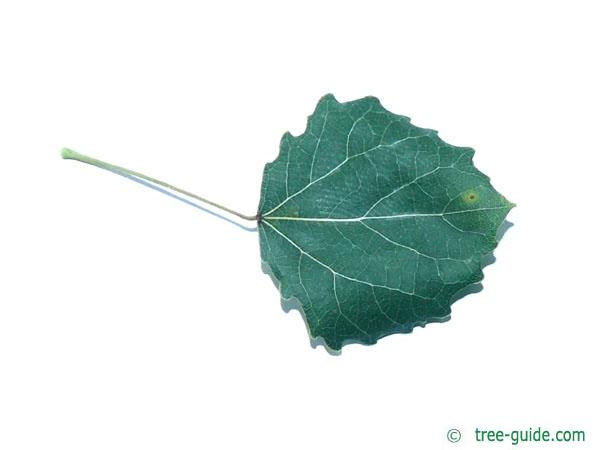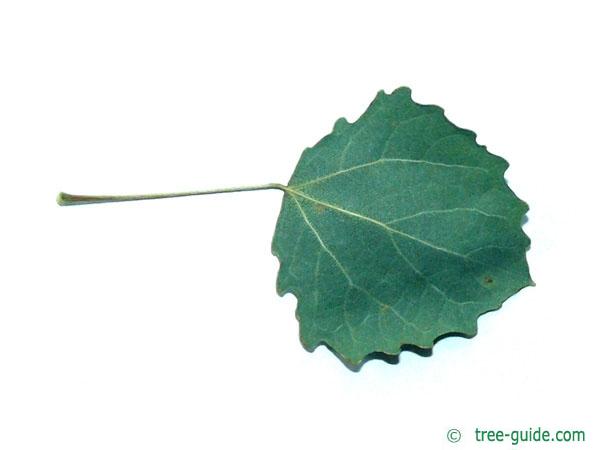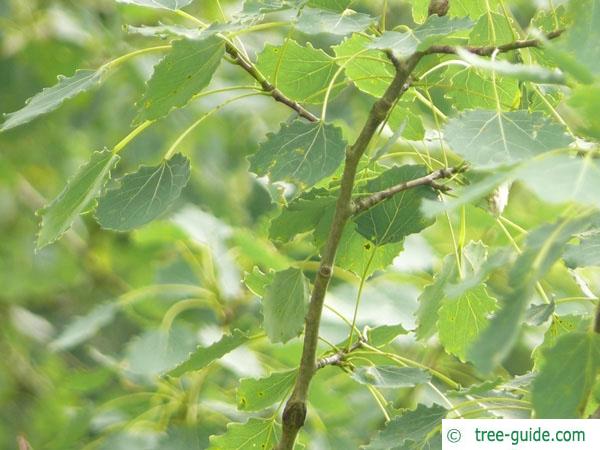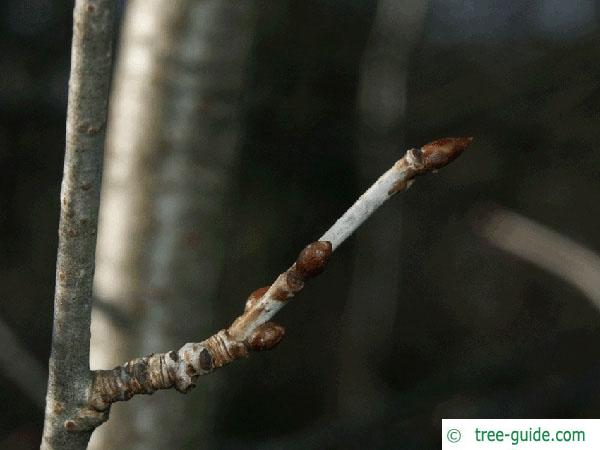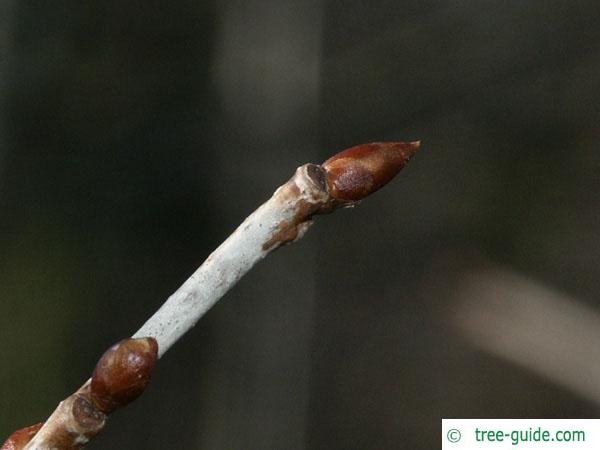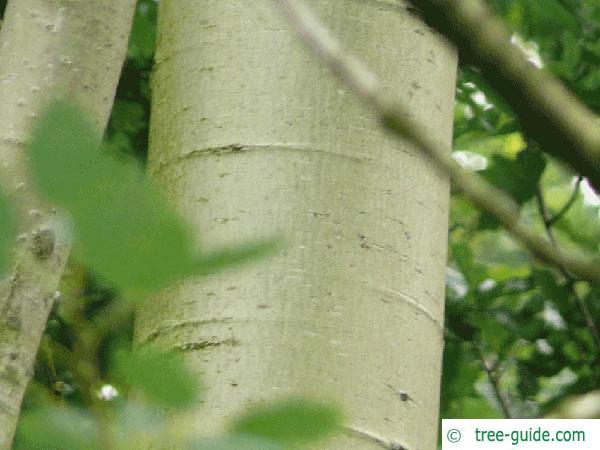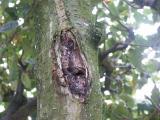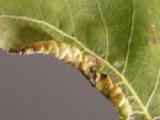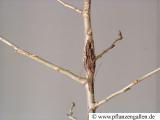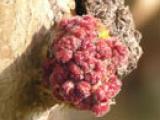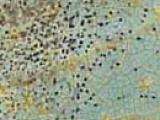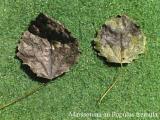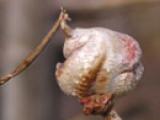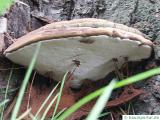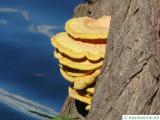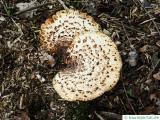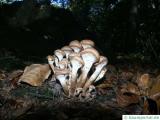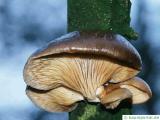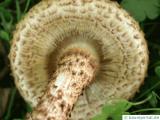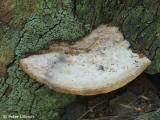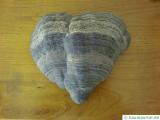Basisdaten
The Aspen is very common in central Europe and North America. This poplar is particularly important as food for many butterfly caterpillars.
Tree profile
The leaves of the Quaking aspen is circular and the leaf margin is toothed. In the sprouting the leaf of Quaking aspen is tomentose. The lower leaf side is bluish.
The gray-brown male flowers form hanging catkins. The female catkins are greenish and less conspicuous.
The seeds hang first heaped as green catkins on the tree.
The branches are olive-green gray and brittle. The brown buds are slim ovoid and protruding.
pioneer plant, planting in groups
Poplars additional information
overview leaves | overview blossoms | overview fruit | overview trunk
overview winter | overview trees







